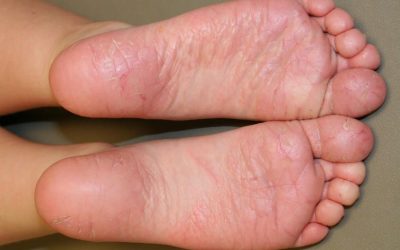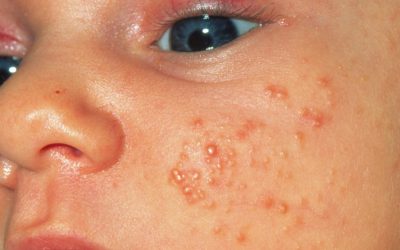Heat Rash: Causes, Symptoms, and Effective Treatment
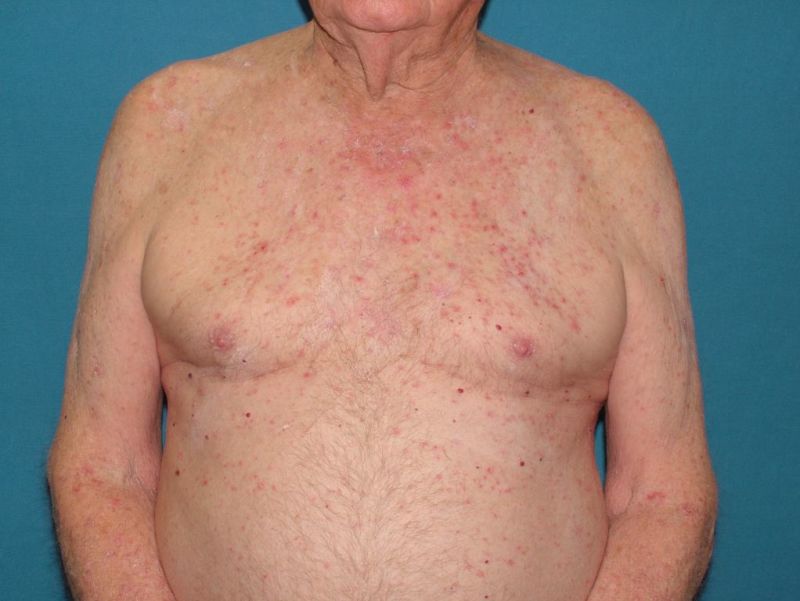
- Miliara crystallina:
- Miliara rubra:
- Miliara profunda:
Epidemiology:
Characteristic of both children and adults with sweating.
- Miliara crystallina: – usually seen in newborns less than a week old (frequency from 4.5% to 9%).
- Miliara rubra: – the most common form of rash (about 4% in newborns and 30% in other age groups).
- Miliara profunda: – pase is the least common, usually seen in older people who live in tropical countries.
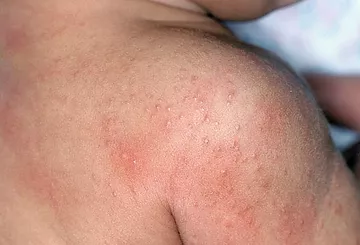
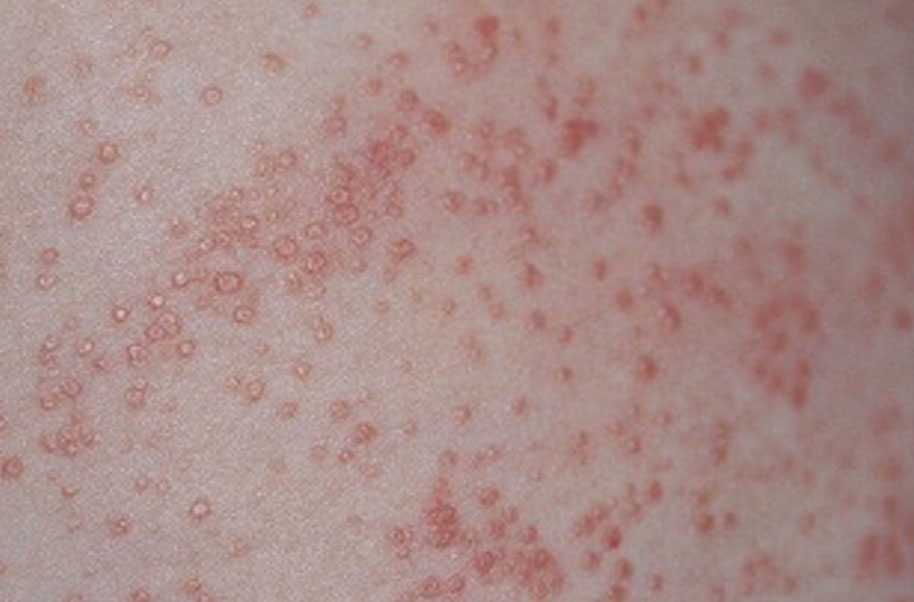
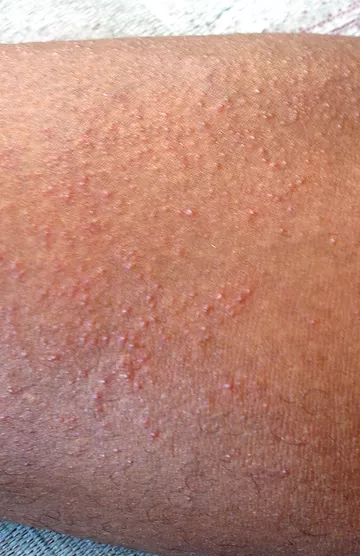
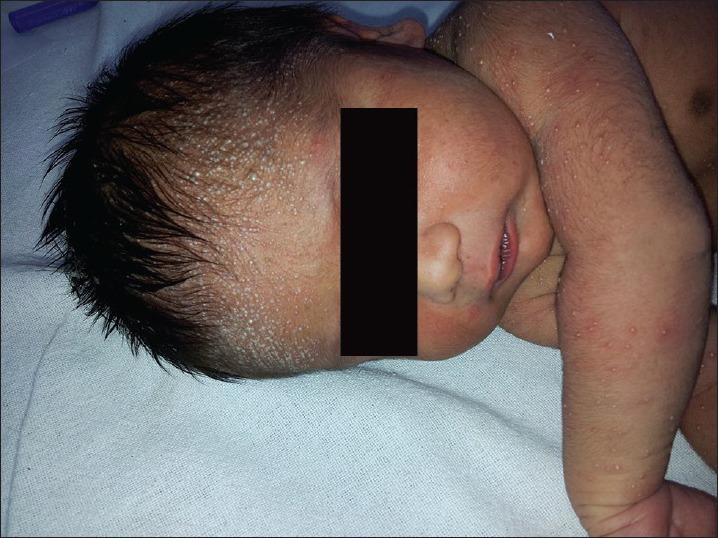
The rash is caused by a blockage and/or inflammation of the sweat gland that blocks the duct of the sweat gland. Increased sweating causes corneocytes (skin cells) to swell and block the duct. This rash is more common in newborns due to immature sweat ducts, which are more difficult to clean and therefore more easily blocked.
The appearance of the rash is associated with conditions/factors that promote sweating:
- Hot and humid environment (when traveling from a colder climate to tropical countries, when the skin does not have time to acclimatize);
- Heavy physical activity;
- Fever;
- Skin occlusion (eg: patches, bandages, synthetic breathable clothing, etc.).
- Miliara crystallina: – 1-2 mm blisters filled with clear liquid are usually observed, the blisters burst easily, but rarely cause inflammation. In newborns, the rash is localized in the area of the head, neck, upper limbs, in adults, the rash is more often observed in the torso area.
- Miliara rubra: – duct obstruction in the deeper layers of the skin causes inflammation of the surrounding skin, papules of 2-4 mm in size are observed (small, raised skin-colored rashes) surrounded by redness of the skin. The rash is not related to the hair follicle. In babies, the rash is localized in skin folds: neck, groin, armpits, in adults: in the skin of the back, upper limbs, scalp, neck and flexor surfaces. The rash is characterized by itching, secondary infections.
- Miliara profunda: –the duct is blocked deep (between the epidermis and the dermis), 1-4 mm pink or skin-colored papules are visible, they are not characteristically itchy, and hard to the touch. Most often it occurs even in adults, the typical localization is the torso.
The disease is diagnosed based on the clinical picture, localization, anamnesis (profuse sweating, trips to tropical countries, etc.).
Treatment:
The main method of treatment is to avoid factors that cause increased sweating. When washing in the shower or bath, use gentle body washes from the pharmacy, designed for sensitive, dry skin, which help remove dead skin cells and sweat.
Medicinal treatment with local corticosteroids is used in severe itching, inflammation, and secondary infection. Topical antibiotics may be prescribed, systemic antibiotics are rarely used in severe, widespread forms of the rash.

Psoriasis
A common, chronic, inflammatory, recurring skin disease that affects 2-3% of the population. Psoriasis can start at any age, and is most often found in adults.
Juvenile plantar dermatosis
a disease characterized by localized damage to the feet. JPD usually occurs in children between the ages of 3 and 14 who are prone to atopy or have atopic dermatitis
Skin Conditions in Newborns: Causes, Symptoms, and Care Tips
Skin conditions like rashes, eczema, and cradle cap are common in newborns. Proper skin care is essential for managing and preventing these issues. Learn how to care for your baby’s delicate skin and address common skin conditions effectively.



